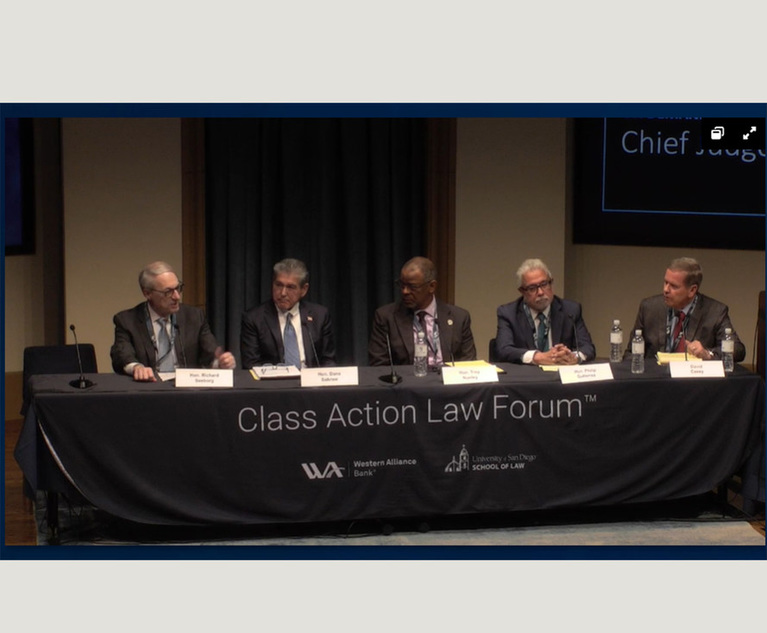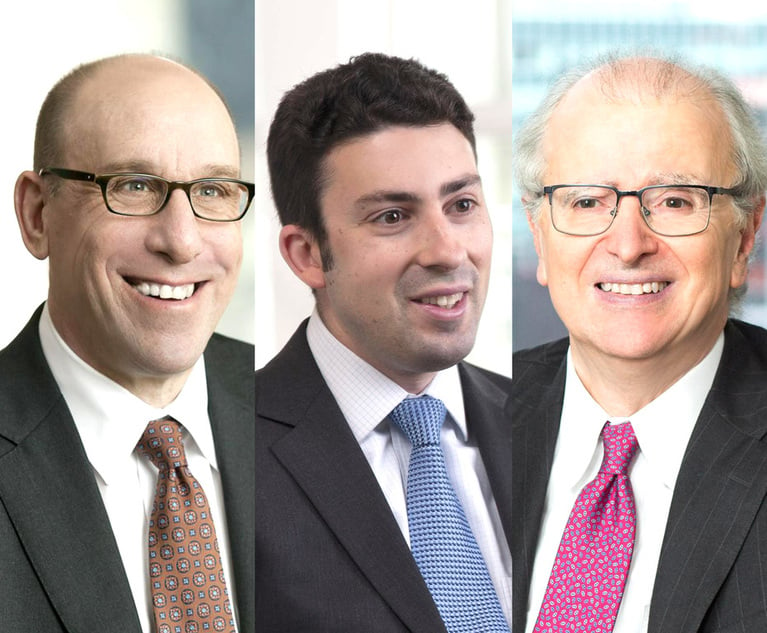In my early 20s, I smoked cigarettes. Last night, for no good reason except opportunity (and half a bottle of champagne with an old friend), I had another. Even after all these years, that latent addiction was still there.
It took only one drag to remind me that smoking is disgusting, but it also made me think of something else: the big tobacco lawsuits.
 More and more, I get the feeling they’re being played out again as states, cities and counties pile on to sue opioid manufacturers for fueling drug addiction.
More and more, I get the feeling they’re being played out again as states, cities and counties pile on to sue opioid manufacturers for fueling drug addiction.
On Wednesday, Missouri’s attorney general sued Purdue Pharma LP, Johnson & Johnson and units of Endo International Plc in state court for allegedly violating the state’s Medicaid fraud and consumer-protection laws. The companies lied about the risks and benefits of drugs such as OxyContin and Duragesic, the suit alleges. The state seeks hundreds of millions in damages and penalties.
That follows news on Monday that the state of Wisconsin is considering a similar suit, and an announcement last week that three Tennessee prosecutors representing nine counties filed suit to hold drugmakers responsible for the opioid epidemic. Two weeks before, Ohio sued five pharma companies, following earlier suits by four counties in New York, two counties in California, the cities of Chicago and Everett, Washington, and the state of Mississippi.
It’s fitting that Mississippi is among the leaders in the opioid lawsuit charge, suing OxyContin maker Purdue Pharma and seven other companies in 2015. The state was also the first to demand that tobacco companies be held responsible for the health care costs of smoking.
“This lawsuit is premised on a simple notion: you caused the health crisis; you pay for it,” Mike Moore, then Mississippi Attorney General, told the New York Times in 1994 when the tobacco suit was announced.
The same concept applies today. As the Clarion Ledger pointed out earlier this month, the opioid lawsuits “are borrowing legal tactics the state of Mississippi pioneered against Big Tobacco, which settled for a record $206 billion in 1998.”
As with the tobacco suits, plaintiffs lawyers see the cases as a good bet, teaming up with state and local prosecutors to litigate the suits on a contingency fee basis.
Remember Dickie Scruggs, who made an estimated $1.6 billion from tobacco settlements? Sure, he was later disbarred and served six years in prison for bribery, but Money Inc. in 2016 said he’s still the richest lawyer in the world (depressing, right?).
Little wonder firms including Cohen Milstein Sellers & Toll; Motley Rice; Simmons Hanly Conroy; Davidson Bowie; Isaac Wiles Burkholder & Teetor; Hagens Berman Sobol Shapiro; Mike Moore Law Firm; (the same Mike Moore who as Mississippi AG sued the tobacco companies); and McGowan Hood & Felder have signed on to handle opioid cases, typically on a sliding scale. For example, Davidson Bowie will get 25 percent of Mississippi’s recovery up to $10 million, but 5 percent of any recovery over $25 million.
The suits are shaping up to be lucrative for defense firms as well.
Skadden, Arps, Slate, Meagher & Flom and Wiggin and Dana represent OxyContin maker Purdue Pharma Inc.; Morgan, Lewis & Bockius represents Teva Pharmaceuticals USA Inc.; O’Melveny & Myers and Sidley Austin represent Johnson & Johnson’s Janssen Pharmaceuticals Inc.; Arnold & Porter Kaye Scholer and Honigman Miller Schwartz and Cohn and represent Endo Pharmaceuticals Inc.; and Foley & Lardner represents Allergan, according to my ALM colleague Kristin Rasmussen.
Still, there’s one big difference between prescription opioids and cigarettes. The Food and Drug Administration regulates the pain medications, but it had no oversight over tobacco until 2009, when President Barack Obama signed into law the Family Smoking Prevention and Tobacco Control Act.
As the drugmakers are quick to point out, the FDA approved their products; their drugs have a legitimate use for treating pain, and they come with an explicit warning label. (“OXYCONTIN exposes users to risks of addictions, abuse and misuse, which can lead to overdose and death.”)
In the Chicago suit, which is one of the furthest along, and is now in discovery in the Northern District of Illinois, the drug companies laid out the argument that the FDA has primary jurisdiction, and that the court should sit on its hands while the agency conducts further studies over the next several years.
“The city seeks to have this court second-guess scientific and regulatory determinations the FDA has recently made after reviewing the currently available scientific evidence, and interfere with FDA’s continued and active investigation of these issues,” the defendants wrote in a joint motion to dismiss in 2014.
U.S. District Judge Jorge L. Alonso didn’t bite. While he tossed portions of the complaint, he refused in September to defer to the FDA.
“The court is not being asked to adjudicate whether opioids are appropriate for the treatment of chronic, non-cancer pain or whether defendants’ drugs’ labels are accurate, but whether defendants deliberately misrepresented the risks, benefits, and superiority of opioids when marketing them to treat chronic pain,” he wrote. “Courts are equipped to adjudicate such claims.”
Contact Jenna Greene at [email protected]. On Twitter @jgreenejenna.
NOT FOR REPRINT
© 2024 ALM Global, LLC, All Rights Reserved. Request academic re-use from www.copyright.com. All other uses, submit a request to [email protected]. For more information visit Asset & Logo Licensing.






